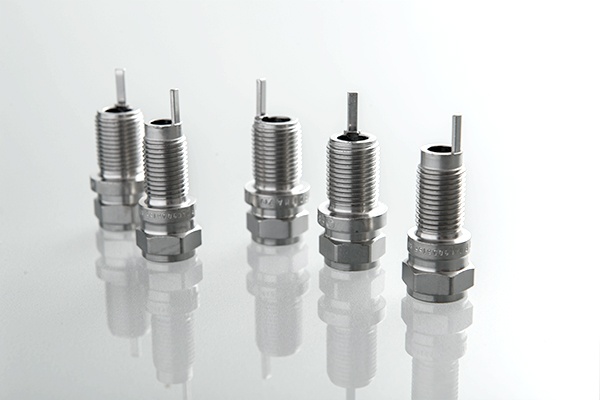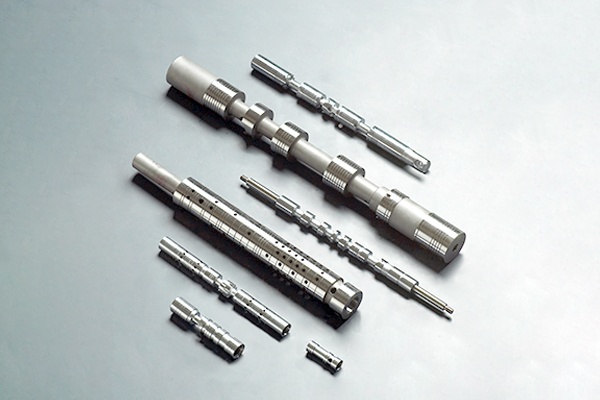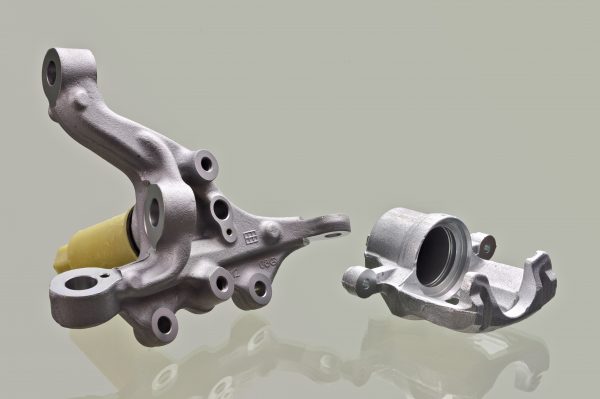Chrome VS. Nickel VS. Zinc Plating for Metal Parts?
A part can experience a range of stresses when used in an application. It can experience corrosion from other components, chemicals, solvents, or from the environment. A part may also wear out faster as it may experience abrasion or friction while in operation.
To prolong the life of the part and to prevent corrosion, the part may be plated with another metal material. This plating process is called electroplating. With the use of electrolysis, a thin layer of another metal is electrically attached to the surface of the part. In addition to providing corrosion resistance and increased wear protection, the electroplating can enhance the properties of the part to make it more conducive or to improve the appearance of the part.
Many types of metals can be used for the electroplating process. Nickel, chrome, and zinc are widely used depending on the industry that the part is used in and the application. Each type of metal has its advantages and disadvantages. Let’s take a look at these differences between nickel plating, chrome plating, and zinc plating.
Nickel Plating
Nickel plating is a hard material that offers good corrosion resistance. It is often plated onto copper to increase copper’s natural corrosion resistance. Nickel is also highly reflective and is used for decorative purposes. This metal can enhance the appearance of metal and offer wear resistance. Nickel is a porous metal, so it must be applied to multiple layers onto other metals to provide protection.

Chrome Plating
Chrome is a very stable metal when exposed to certain acids, carbonate sulfide, alkali, and humid climates. The metal has high heat resistance, good wear resistance, and a good hardness. Chrome plating can provide good wear resistance to parts and provide light reflection benefits. However, the metal is very brittle and porous. On its own, chrome does not offer good anti-corrosion protection. However, when it is combined with copper and nickel, the plating can be used on parts in corrosive environments.

Zinc Plating
Zinc plating has excellent corrosion properties except against alkalis, sulfides, and acids. This metal also has good mechanical strength. It is often used in humid and hot environments as it is a stable metal. Due to the metal being abundant and can be easily worked, it is low in cost. Yet keep in mind that zinc plating is not a good metal for parts that will experience high amounts of friction. It is often used in many applications to prevent parts from rusting.

In addition to these metals, cadmium, copper, and tin plating may also be used on industrial parts. Precious metals such as gold, silver, and platinum may also be used to plate parts. Gold is a common plating used for semiconductors and connectors in the electronics and electrical industries.
When it comes to selecting a metal plating for your part, consider how the part will be used in the application and whether it will interact with the environment. Then select a plating that offers the appropriate benefits. To learn more about metal plating and the electroplating process, contact Impro.